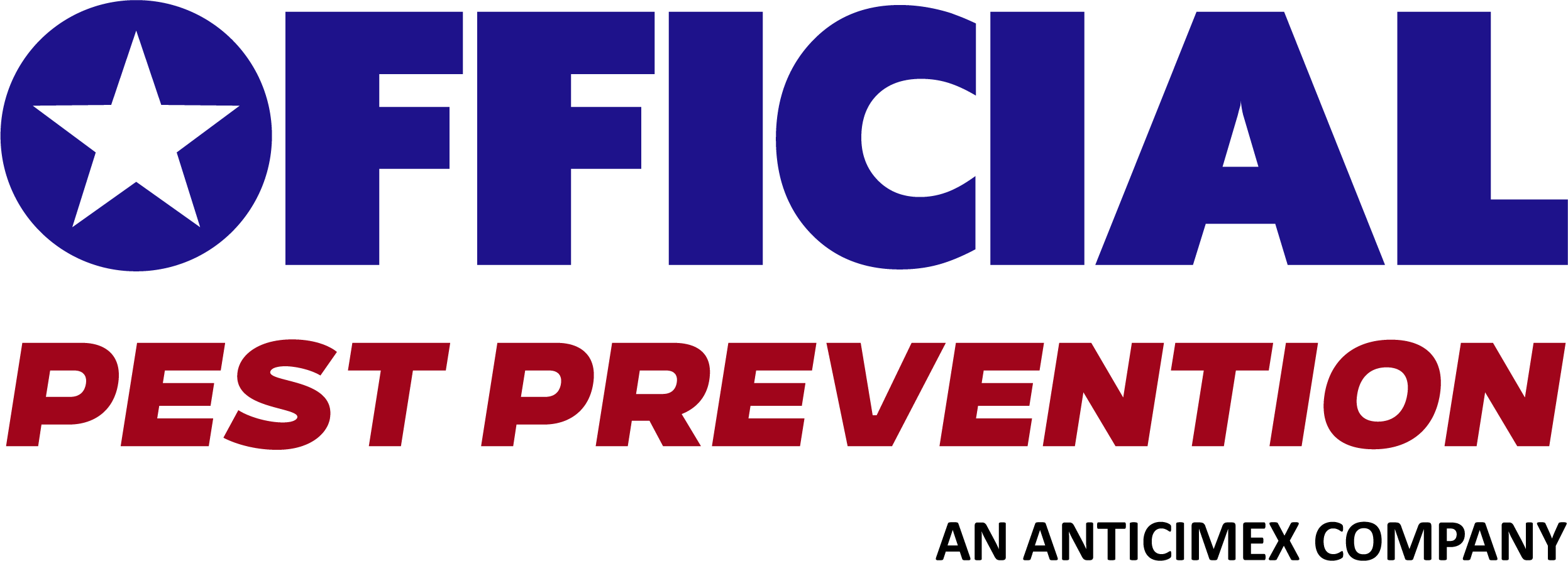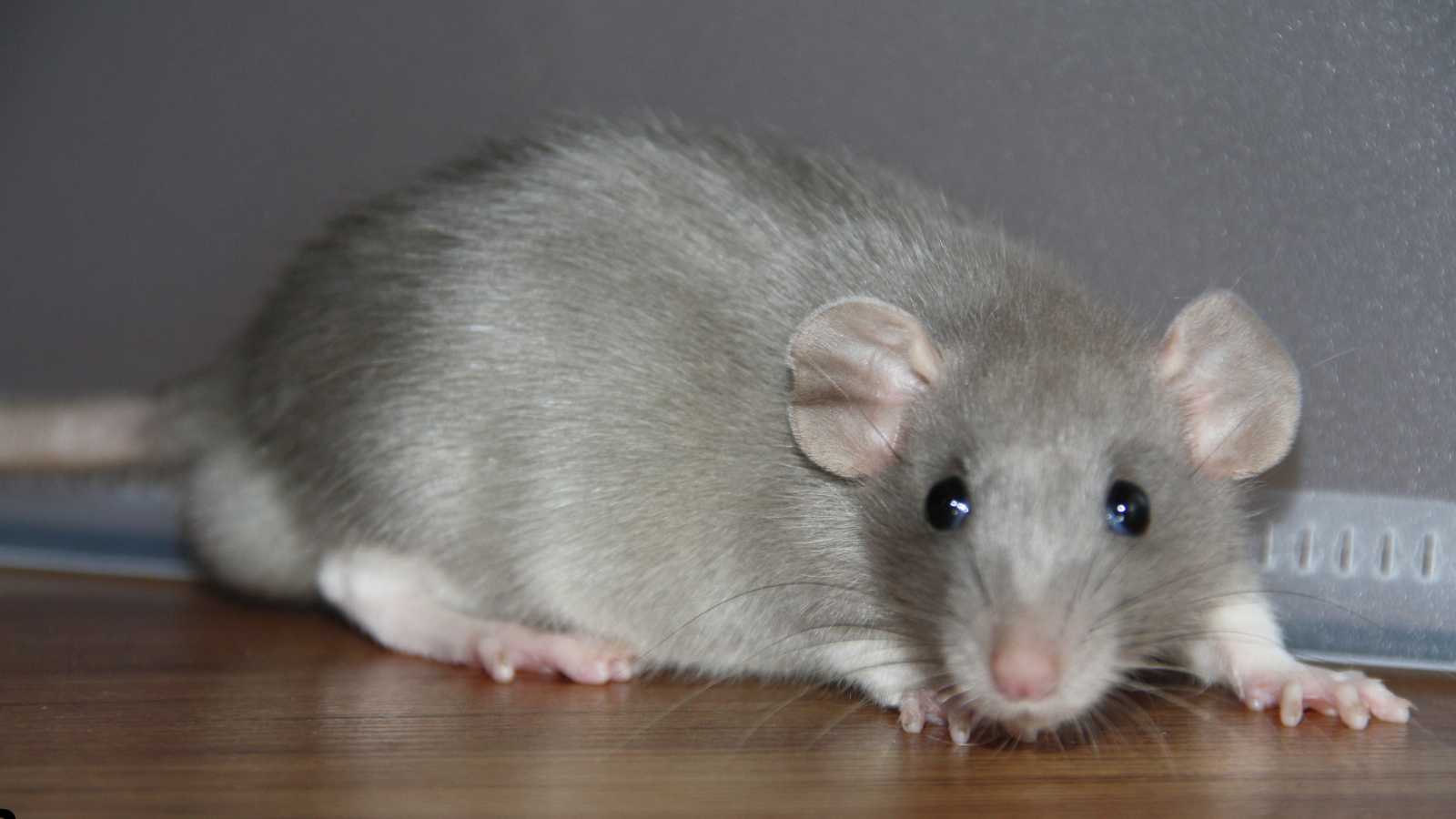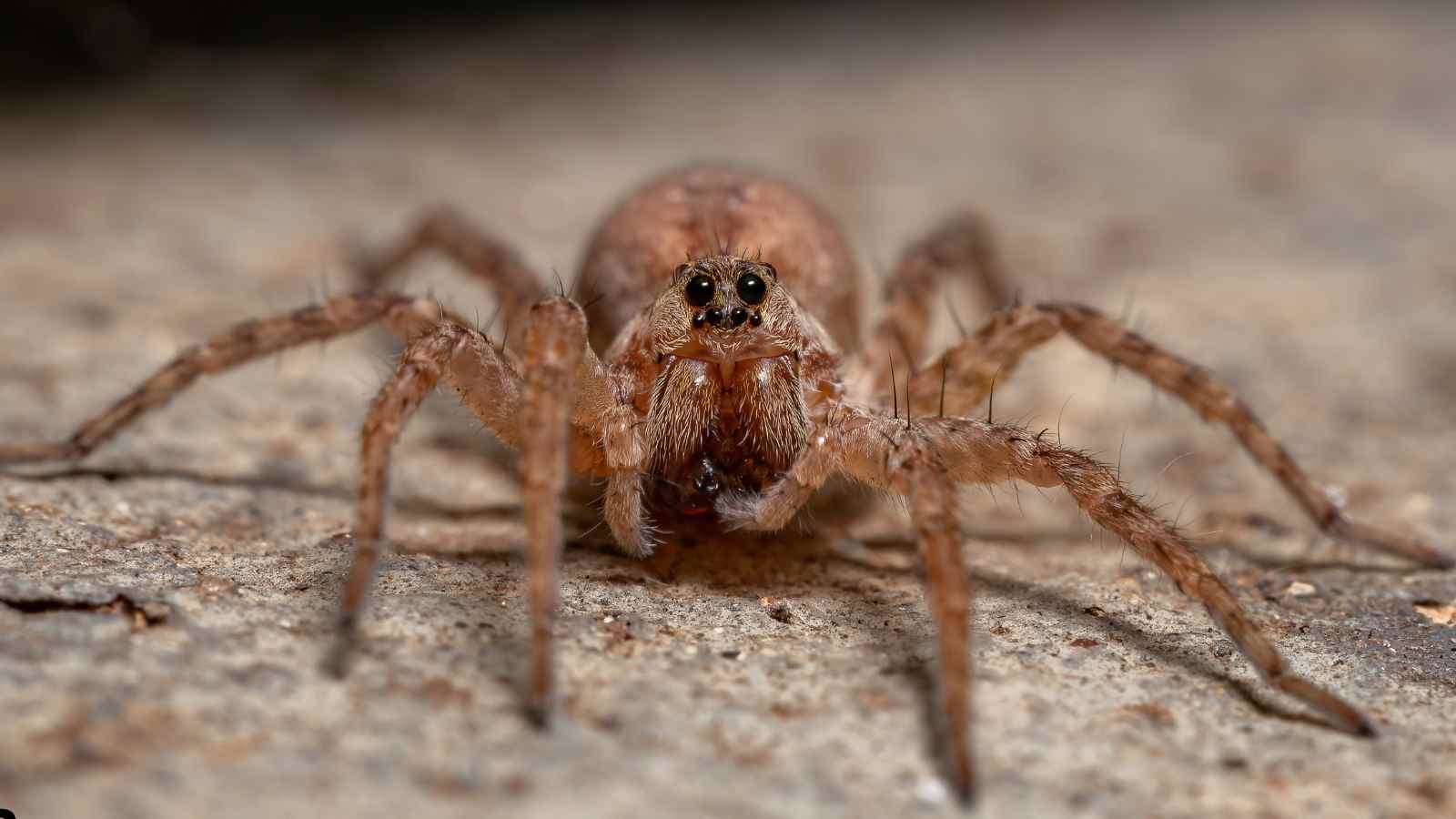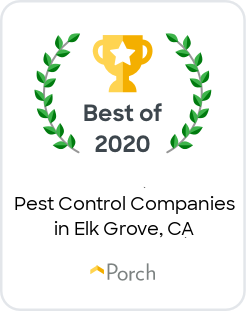When you live in California, you get breathtaking coastal, mountain, and even desert views. It also increases your chances of meeting up with some of the state’s deadliest creatures. You may encounter some of these unfriendly guests in your own home.
So, while you probably won’t run into a Southern Pacific rattlesnake in your garage, seeing eye-to-eye with a black widow spider isn’t uncommon.
If you discover spiders or any of the other common pests found in the Sacramento area, it’s time to call a fumigation service.
As you read on, you’ll learn more about pest infestation and how pest control services work to get rid of these unwelcome guests in your home or business.
Intruders Among Us: Identifying Common Pests
It doesn’t matter how tightly you seal your doors and windows; it seems like pests figure out how to get in and cause chaos. They’re like tiny ninjas, sneaking around and making a mess.
If you live in Northern California, there are several pests common to your region. They include:
Don’t forget about those sly rodents-roof rats and field mice.
The problem with many of these pests is that they’re not only annoying, they can destroy property and put your health at risk. It’s a real battle, but knowledge is your best weapon.
Next, we’ll talk about signs of pest infestation!
How Do You Know You Have Pests?
When pests decide to crash your living space, they don’t march in beating a big bass drum, but they do leave a trail of evidence.
Here are the signs to look for if you think you might have a pest infestation:
Droppings and Urine
Keep an eye out for small droppings or urine stains. Rodents and insects often leave these telltale signs in corners, cupboards, or near food sources.
Gnaw Marks
Chewed wires are a sure sign you have a rodent living in your home. Rodents love to gnaw on electrical wires. It helps them maintain their teeth. They also destroy wood furniture and can chew through just about any building material found in a home.
Nesting Materials
Speaking of building materials, if you discover shredded paper, fabric, or other materials in hidden corners, it could mean pests are building nests. Rodents will even chew through rigid foam or fiberglass batt insulation.
Holes and Other Entry Points
When you notice small holes or openings in walls, floors, or foundations, be wary. They can serve as entry points for pests. Regularly inspect and seal gaps.
Damaged Food Packaging
You’re not the only one who likes a midnight snack. Torn or chewed food packaging in your pantry suggests that pests are helping themselves to your goodies.
Other suspicious signs of pest infestations include unexplained bite marks (bedbugs and fleas), scurrying, scratching, or squeaking sounds at night and sightings of insects in broad daylight.
Early detection is your best defense against a full-blown infestation. If you notice any of these signs, don’t delay contacting a pest control company.
Partnering with Pest Control Professionals
No one wants to think about bugs and rodents scurrying around their living or workspace. Many people have a hard time calling for help because they don’t want anyone to think they keep a dirty environment.
There’s no shame in admitting that you have a pest infestation. It doesn’t mean you’re not clean, but it does mean you need to address the problem quickly.
If you’re dealing with a potential pest invasion, teaming up with pest control experts is a smart move. Professionals bring a wealth of knowledge and experience to the table.
Think of them as house doctors. They can accurately diagnose the problem, determine the extent of the infestation, and suggest the best plan of attack.
Their specialized tools and techniques target those pests with precision. We’ll talk more about that later.
Now, you might be thinking, “But won’t it be a hassle?” The truth is, it’s the opposite. Enlisting professional help can save you time, stress, and perhaps more money down the line.
And don’t worry about harmful chemicals. Many pest control companies offer environmentally friendly, science-based options that won’t harm your family or pets.
You might also wonder if your home will look like a tornado tore through it after treatment. Pest control professionals are like covert agents. They work discreetly, and you’ll hardly notice their presence – except for the swift disappearance of pests.
So, whether you’re dealing with an army of ants or a mischief of mice, pest control professionals are your partners in the battle. They’re equipped with the expertise to show pests the door and help you reclaim your space.
Fumigation Service Tools and Techniques
Pest control is a complex issue. Pest control professionals use a range of specialized tools and techniques to tackle even the toughest infestations.
The first step they take is diagnosis. Pest control experts are like seasoned detectives. They analyze evidence, pinpoint the exact pests causing trouble, and assess the extent of the infestation.
It’s a meticulous approach but without a precise diagnosis; it’s difficult to recommend a targeted and effective plan of action.
No two infestations are the same, and that’s where the pros shine. They customize their extermination strategies based on the specific pest species, the environment, and the degree of infestation. It’s a bit like personalized medicine – treating the ailment, not just the symptoms.
Pest control isn’t a one-size-fits-all game. Professionals use advanced tools, such as infrared cameras and moisture meters, to uncover hidden nests and pathways. They arrive at your door with the latest chemical and non-chemical treatments.
Whichever tools they use, you can feel confident that they chose each carefully. Their goal is to maximize results and minimize environmental impact.
Next, we’ll look at an effective pest control technique that many companies use-Integrated Pest Management.
What Is Integrated Pest Management?
Pest control isn’t just about the immediate elimination of pests. It’s about preventing future invasions too.
Integrated Pest Management (IPM) is a holistic approach that focuses on long-term solutions. It involves a mix of strategies-from sealing entry points to targeted treatments-to ensure pests stay out for good. Think of it as pest control with a purpose.
Here’s how IPM works:
Identification
The first step is understanding your adversary. Pest control professionals analyze the type of pests, their habits, and the factors contributing to their presence.
Prevention
Why wait for pests to invade? IPM emphasizes proactive measures, like sealing entry points and eliminating food and water sources, to deter infestations.
Monitoring
Regular inspections keep tabs on pest populations. Early detection means prompt action. This helps prevent small issues from becoming major problems.
Control Strategies
IPM uses a range of tactics, including physical barriers, biological controls, and targeted treatments. Chemicals are used sparingly and as a last resort.
Evaluation
IPM is a cycle, not a one-time deal. Pest control professionals continuously assess the effectiveness of strategies and make adjustments as needed.
The last piece of the IPM equation is education. It’s not just about the experts. IPM involves educating homeowners about pest behavior and prevention, empowering them to be vigilant partners.
How Long Does it Take to Eliminate Pest Infestations?
When you call in the fumigation service team, you want instant results, right? Pest control is a process and has a timeline for completely eliminating pests. The timeline can vary depending on the type of pest, severity of the infestation, chosen treatments, and the diligence of follow-up efforts.
While there’s no one-size-fits-all answer, here’s a general overview of what you might expect:
Initial Treatment
The first round of treatment is usually the most intensive. Depending on the type of pest and the extent of the infestation, it might involve one or multiple visits. This initial phase can take anywhere from a few hours to a few days.
Follow-Up Treatments
Pest control companies typically recommend follow-up treatments. These visits ensure that the infestation is fully eradicated. Follow-up treatments target any remaining or newly hatched pests.
The frequency of follow-up visits can vary, ranging from weekly to monthly, over the course of several weeks.
Monitoring Period
After the follow-up treatments, a monitoring period is essential. Monitoring helps ensure complete riddance of pests. This phase can last for a few weeks to a few months, depending on the pest and the effectiveness of the treatments.
Completion
Once the monitoring period indicates no more pests, your pest control company will consider it to be mission accomplished. This may take several weeks to a few months, depending on the circumstances.
Working closely with pest control professionals and following their recommendations will help expedite the process and ensure a successful outcome.
What Pests Are the Hardest to Eliminate?
Some pests are notoriously challenging to eliminate due to their biology, behavior, and resilience. While difficulty levels can vary based on specific circumstances, here are some pests that are often considered particularly difficult to get rid of:
Bedbugs
These tiny nocturnal insects are skilled at hiding in cracks, crevices, and even within furniture. They reproduce rapidly and can develop resistance to some pesticides, making eradication a complex process. Getting rid of bedbugs is critical as they deliver a nasty bite.
Cockroaches
Cockroaches are highly adaptable and can survive in some of the most extreme environments. They breed quickly, hide in hard-to-reach areas, and have the potential to develop resistance to chemical treatments.
Termites
Termites are silent destroyers that can cause significant structural damage to homes. Their colonies are often hidden within walls and underground. This makes detection and treatment challenging.
Ants
Ants are another pest that don’t go away easily. They build extensive colonies with satellite nests. If you only target the visible workers, the colony will survive.
Don’t forget Rover’s archenemy-fleas and ticks. These pests can infest both indoor and outdoor spaces. That makes control efforts more complex.
It’s important to remember that successfully getting rid of pests requires a comprehensive and strategic approach. Working with experienced pest control professionals can significantly improve the chances of effective eradication.
The Pitfalls of DIY Pest Control
We get it-it’s tempting to try over-the-counter treatments for getting rid of pests. DIY pest control can be effective for small-scale or early-stage infestations. There are several reasons why tackling a pest problem on your own may not always be the best solution.
First, the products you can buy in the store or order online may not work as well as professional-grade treatments. Pest control professionals have access to a wider range of targeted products.
Store-bought pesticides are easily misused. Incorrect use can lead to poor results or unintended consequences. Handling pesticides without proper training can pose health risks to you, your family, and your pets.
Pest control professionals know how to apply treatments safely and precisely to minimize risks.
Most people have limited knowledge about pests and their behavior. Professionals know how to identify specific pests. They understand pest habits and their vulnerabilities.
You’ll get better results if you work with a pest control company.
Two other things should make you think twice before attempting DIY pest control: time and costs. Trying to tackle an infestation on your own is time-consuming. It may require multiple treatments, which may or may not work.
Ineffective DIY efforts usually end up costing the home or business owner more than hiring professionals. In the long run, you’ll have repeated expenses. Pest control professionals use their expertise to apply efficient and effective solutions.
While you can manage minor pest issues using DIY methods, it’s best to leave complex or persistent infestations to professionals. Their expertise, specialized tools, and customized strategies provide a higher likelihood of successful pest eradication and long-term prevention.
Take Action Today for a Pest-Free Future
Pest Control Throughout the Sacramento & Fresno Areas
Official Pest Prevention is a family-owned, licensed pest control company celebrating 20 years serving over 100,000 satisfied customers in five area codes throughout Northern and Central California. Starting with a few contacts, and only four full-time employees, our small company has grown into an organization that today employs over 100 people, maintains a fleet of 75 vehicles, and has serviced over 100,000 Northern California households. This tremendous growth has come from loyal customers, who have recommended our work to their friends, family, and neighbors.
We are a full-service pest control company. Whatever your pest problem, we have a solution. Our goal is to make your property pest-free. Guaranteed. Contact us online or by phone (877) 711 2847 – for immediate assistance. Same-day bookings and flexible payment plans available – because pest invasions wait for no one.
